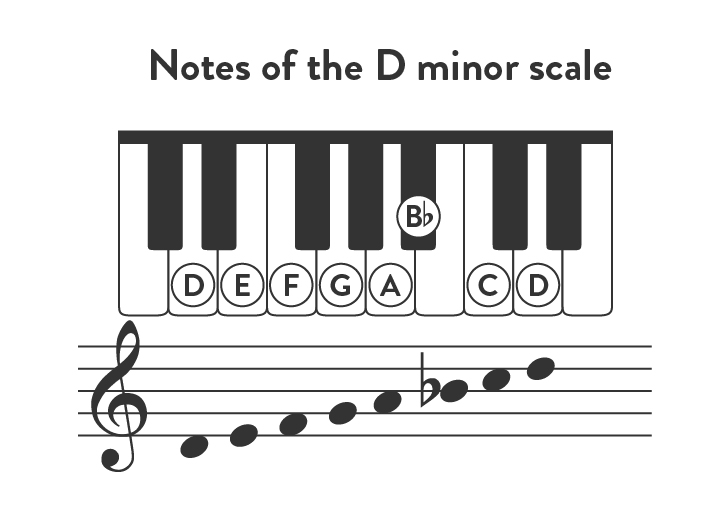Have you ever wanted to learn how to play “Clocks” by Coldplay on the piano, but felt intimidated by its complexity? Well, fret not because we’ve got you covered with easy step-by-step instructions tailored specifically for beginners. This iconic hit boasts a catchy melody and distinctive piano riff that can be mastered with patience and practice.
In this blog, we will break down the process of playing “Clocks” into simple and digestible steps, ensuring that even those new to the piano can follow along easily. By the end of this guide, you’ll be impressing your friends and family with your rendition of this timeless classic.
So, grab a seat at the piano, and let’s dive into the world of music as we explore how to play “Clocks” by Coldplay on the piano, making it an enjoyable and rewarding experience for beginners.
Introduction to Playing “Clocks” by Coldplay on Piano
If you’re new to playing the piano and are a fan of Coldplay, “Clocks” is a great song to start with. The captivating melody and rhythmic patterns make it an enjoyable piece for beginners to learn. This guide will take you through the steps to master this iconic song on the piano.
Getting Started with the Basics
How to play “Clocks” by Coldplay on piano for beginners involves understanding the key signature, time signature, and basic hand positioning on the keyboard. Familiarize yourself with the notes of the melody and the chords used in the song.
Learning the Melody and Chords
Start by practicing the right-hand melody of the song, focusing on playing each note accurately and with the right timing. Then, integrate the left-hand chords to complement the melody. Practice transitioning smoothly between the melody and chords to create a harmonious sound.

Understanding the Basics of Piano
Learning to play the piano is an exciting journey that requires patience and practice. Before delving into playing “Clocks” by Coldplay, beginners must understand the basics of piano playing. The piano consists of 88 keys, organized in a repeating pattern of white and black keys. Each key produces a unique sound, and understanding the layout of the keys is essential.
The Keyboard Layout
Identifying the different groups of keys on the piano, such as octaves, and understanding the relationship between them is crucial. Beginners should familiarize themselves with the names of the keys and their corresponding musical notes.
Playing Technique
Developing proper hand placement and posture is essential for playing smoothly. Beginners should practice proper finger positioning and wrist movements to play with ease. Regular practice will help in building muscle memory and improving overall playing technique.
Breaking Down the Notes of “Clocks” by Coldplay
“Clocks” by Coldplay is a popular song known for its iconic piano riff that captivates listeners around the world. The song, released in 2002, combines mesmerizing melodies with introspective lyrics, making it a timeless classic for music enthusiasts of all ages.
The Piano Intro
The signature piano intro of “Clocks” sets the tone for the entire song. To play it, start with the right hand on the G note and the left hand on the C note, creating a harmonic progression that defines the melody. Practice slowly and gradually increase speed to master this captivating intro.
Chord Progression
The chord progression in “Clocks” follows a simple pattern of Am7, Csus2, G/B, and Fsus2. Pay attention to the transitions between chords to maintain the song’s fluidity and emotion. Experiment with different inversions and variations to add your personal touch to the rendition.
Learning the Chords and Progressions
When learning to play “Clocks” by Coldplay on the piano as a beginner, understanding the chords and progressions is crucial. Start by familiarizing yourself with the basic chords used in the song, such as Fm, Ab, Eb, and Db. Practice transitioning smoothly between these chords to build muscle memory and improve your playing accuracy.
Understanding Chord Diagrams
Chord diagrams are visual representations of where to place your fingers on the piano keys to play a specific chord. Study chord diagrams for Fm, Ab, Eb, and Db to ensure you are pressing the correct keys to produce the desired sound.
Mastering the Chord Progressions
Chord progressions define the order in which chords are played in a song. For “Clocks,” the progression typically follows a pattern like Fm – Ab – Eb – Db. Practice playing these progressions slowly at first, focusing on smooth transitions between each chord.

Practicing Techniques for Beginners
As a beginner learning to play “Clocks” by Coldplay on the piano, it is essential to start with the basics and gradually progress to more advanced techniques. Here are some effective practicing techniques to help you master the song:
1. Hand Positioning and Posture
Ensure your hands are placed correctly on the keys and maintain good posture while playing. Practice proper finger placement to improve accuracy and speed. Consistent practice will help develop muscle memory.
2. Breaking Down Sections
Break the song into smaller sections and practice each part individually before combining them. This approach helps in memorization and mastering complex passages. Use a metronome to maintain a steady tempo.
Tips for Mastering the Song “Clocks”
If you are a beginner pianist looking to master Coldplay’s iconic song “Clocks,” follow these expert tips to help you play it flawlessly.
1. Start Slow and Gradually Increase Speed
Begin by practicing the song at a slow tempo, focusing on accuracy and hand placement. Once you feel comfortable, gradually increase the speed to match the original tempo. Consistent practice is key to mastering the intricate melodies.
2. Break Down the Song into Sections
Divide the song into smaller sections and practice each part individually before combining them. This approach helps in mastering challenging passages and improves overall performance.
3. Focus on Dynamics and Emotions
Pay attention to the dynamics and emotions conveyed in the song. Use crescendos and decrescendos to add depth to your interpretation and evoke the song’s sentiment.

Frequently Asked Questions
- Is ‘Clocks’ by Coldplay suitable for beginners to play on piano?
- Yes, ‘Clocks’ by Coldplay is considered a beginner-friendly song to play on the piano due to its repetitive chord progression and melody.
- How many chords are needed to play ‘Clocks’ by Coldplay on the piano?
- You will need to know four basic chords (Am, Dm, F, and C) to play ‘Clocks’ by Coldplay on the piano.
- Are there any specific techniques to focus on while learning ‘Clocks’ by Coldplay on the piano?
- It’s recommended to pay attention to the rhythm and timing of the song, as well as practicing smooth transitions between chords for ‘Clocks’ by Coldplay on the piano.
- What is the tempo of ‘Clocks’ by Coldplay and how should beginners practice it?
- The tempo of ‘Clocks’ by Coldplay is moderate. Beginners can start by practicing each hand separately before combining them, focusing on accuracy and gradually increasing speed.
Concluding Thoughts
Whether you are a complete beginner or have some experience with the piano, learning to play “Clocks” by Coldplay can be an enriching experience. By following the easy steps outlined in this guide, you can gradually master this iconic song and impress your friends and family with your piano skills.
Remember, practice is key, and consistency is vital in improving your piano playing abilities. Don’t get discouraged by initial challenges; instead, embrace them as opportunities for growth. With dedication and perseverance, you can soon play this beautiful piece with confidence and flair.
So, grab your sheet music, sit at the piano, and let the melodious notes of “Clocks” transport you to a world of musical delight. Happy playing!




